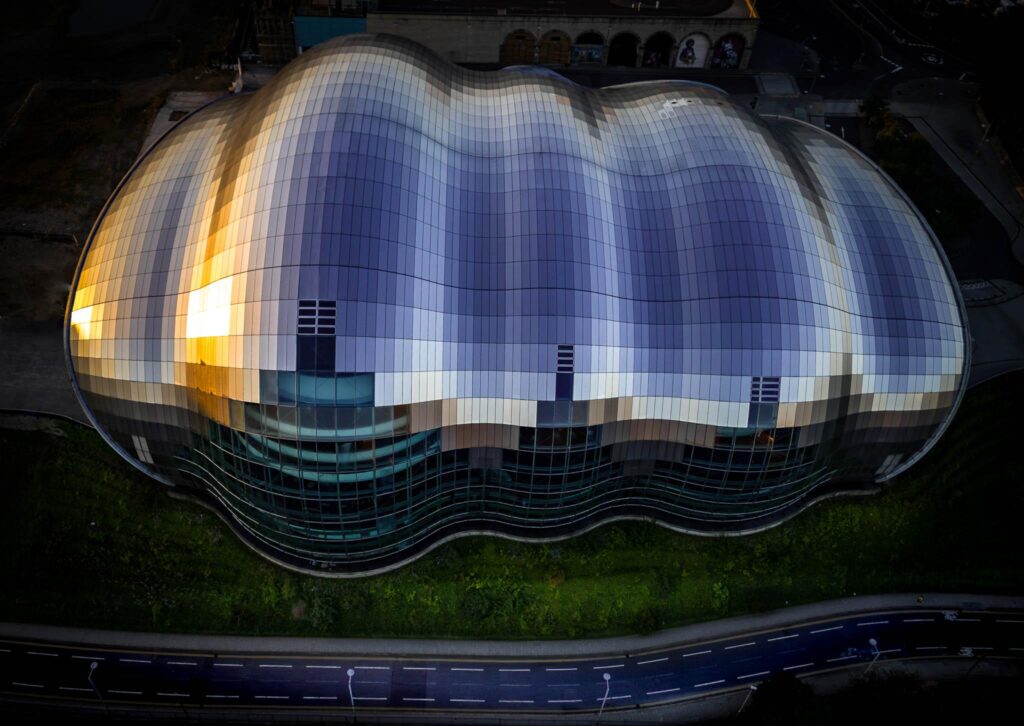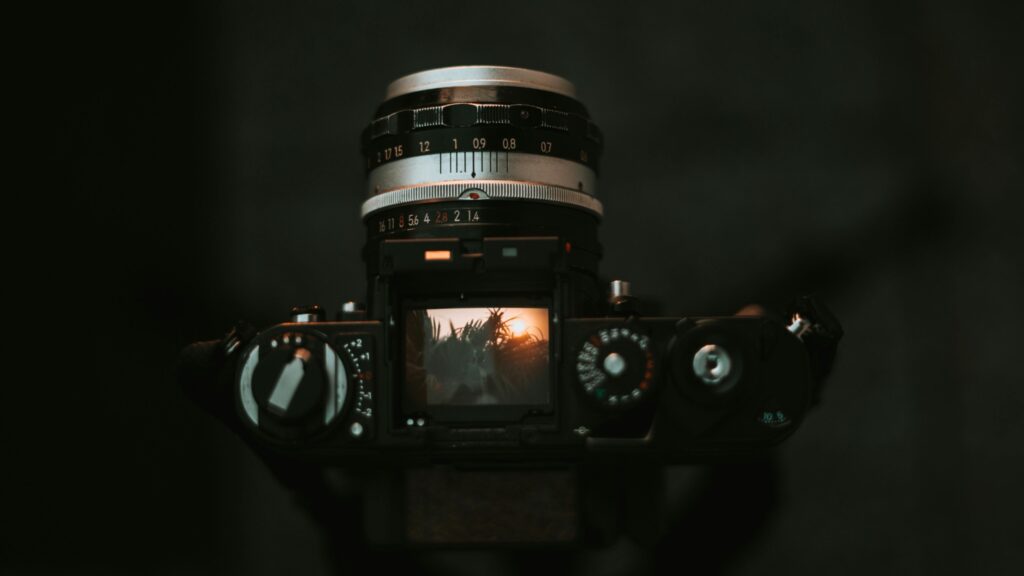Modern autofocus is a remarkable thing. Not only can it lock onto stationary subjects within milliseconds but also it can track subjects moving at high speed in almost any direction. No matter which make or model, even the cheapest of modern cameras have great autofocus.
There is a slight problem, though. Although the focus is automatic, the photographer still has to tell the camera which mode to focus in. For stationary subjects, we generally use the S Mode and for moving subjects the C Mode.
- S Mode – Single shot, the autofocus will lock on a half press of the shutter button and not change.
- C Mode – Continuous, the autofocus will lock on a half press of the shutter but continue to adjust and lock onto a moving subject until the shutter is fired.
Both of these modes are tied to the shutter button; the problem is, so is auto exposure. A half press of the shutter button not only focuses the camera but also locks the exposure.
What if we want to lock the exposure and lock the focus to separate subjects? What if we want to be able to quickly change from S to C mode without fiddling around for a lever on the front of our camera?
Fortunately, there is an answer, Back Button Focus.

What Is Back Button Focus?
The term sums up exactly what back button focus is, very simply it’s a matter of assigning one of the plethora of buttons most cameras have on the back of their bodies to carry out an autofocus function.
On many cameras, you can assign any button for focus. However, for back button focusing to be efficient, you need to assign a button that is comfortable and instinctive. Usually, this going to lie under the thumb of your right hand. As your index finger is triggering the shutter, your thumb should be on the back focus button.
One of the best options for assigning the focus is the AE/AF button. In normal mode, this works in the same way as a half press of the shutter button, but by assigning it to back button focus, we can dedicate it solely to autofocus.
How Do I Set Up Back Button Autofocus?
On the vast majority of cameras, back button focus is not set by default; you will need to set it up manually. This procedure can vary not only from make to make but from model to model. As a general rule, the back button setting will be found in the customisation section of your camera’s menu system.
Camera manuals are often not the easiest way to find out how to set this, but there is almost certain to be a good Youtube video for your specific make and model of camera. So what are the advantages of shooting with back button focus?

The Ability To Lock Focus and Exposure Separately
This is a really important reason to use back button focus. It can be useful in so many different scenarios. Imagine shooting a person on a beach with a stormy cloudscape behind. You have fill-in flash to light the subject but want to expose for the clouds behind. With autofocus set to the shutter, focus will lock on the clouds when you read them for exposure.
With back button focus set, you press and hold the back button to focus on the subject, move the camera and lock exposure to the sky with a half press of the shutter, then return to your final composition. It might feel unnatural at first, but with a little practice, the technique will soon become instinctive.

The Focus Remains Locked After Exposure
Another useful feature, especially if shooting multiple shots of the same subject. By keeping your thumb pressing the back button, you can quickly recompose a shot and keep the focus locked to your original point. This might sound minor but if you are shooting, for example, a group of people and want to run over several quick shots from slightly different angles, keeping focus this way can be a very useful function.

Quick Switching Between Continuous and Single Modes
One of the problems we mentioned at the top was the need to switch between single shot and continuous mode depending on your subject matter. Using back button focus can get around this problem. Here’s how.
With your back button set, set your focus mode to continuous. This is usually done via a switch on the front of the camera body or the lens barrel. Now when you press and hold the back button, you will get continuous focusing. Pressing the shutter will simply take shots and not focus.
If your subject matter stops moving, you can release the back button, then press it once to focus all while keeping the shutter firing. This is a very useful function for sports and wildlife photography where the subject will be moving erratically.
Manual Override
Another beneficial and underrated aspect of back button focus is the ability to manually override your focus. You can press the back button once to focus on your subject, then fine tune the focus manually using the lens’s focus ring. When you press the shutter button, the camera will not attempt to refocus from your manual adjustment. This can be very useful in focus-critical scenarios such as macro and shallow depth of field.
Back button focus is an often overlooked yet very powerful feature of your camera. Separating the focus from the shutter and exposure gives you much more flexibility over auto and manual focus modes.
When you first set up a back button, you might find the whole experience a little alien. This is only natural as you will be accustomed to focussing through the shutter button. However, with perseverance, you will soon find the many advantages of using a back button and your use of it will become instinctive. It’s well worth giving it a try.





1 Comment
Fantastic Article.